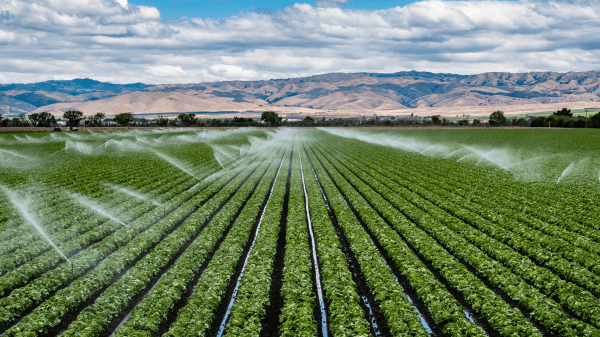The New York Times article on water conservation in California’s Pajaro Valley, which I discussed in a previous column, is worth more discussion.

The article described a locally managed water conservation program which involves metering for groundwater users in the region, with charges applied according to usage. The amount is to rise to $500 per acre-foot in 2025.
“New research on the program revealed a direct connection between paying for the groundwater and conserving it: A 20 percent increase in the price of groundwater has resulted in a 20 percent decrease in the extraction of groundwater,” said the article.
That is true: that is what the cited study, entitled “The Dynamics of Pricing Water” by Ellen M. Bruno et al. and published in June 2023, says. Although the real figures are “the 21% price increase reduced groundwater extraction by 22% following the price split.”
But it turns out to be a little more complicated, because the study found that “water conservation doubles between the first and fifth year of the tax.”
That means that “firms become increasingly responsive to prices with the implied price elasticity doubling between the first and fifth year after the price change.”
Moreover, “short-run estimates indicate that under the price increase the groundwater basin would just comply with the conservation target, but year five estimates imply the basin would exceed it by three-fold.”
In short, conservation would increase over time, so in five years the amount of water in the groundwater basin would be three times the initial target. Bizarrely, “this would introduce a new deadweight loss since agricultural water would be underconsumed.”
The study does not point to a failure in the Pajaro Valley approach: it simply means that short-term policies may need to be adjusted in the long term.
Of course, since groundwater use is only one variable that Pajaro growers must consider, changes will be necessary in any event, particularly as new regulations from California’s State Groundwater Management Act (SMGA) come into effect.
Furthermore, the coastal Pajaro Valley offers ideal growing conditions for many high-value crops, such as lettuce and leafy greens. The options available to growers in other areas—including areas in California—vary a great deal and are usually much less attractive.
Because, as this article series indicates, groundwater depletion is a major issue, it will no doubt eventually become a matter of federal legislation and management.
Moreover, as policy makers increasingly grapple with the groundwater issue, it is likely that government incentives for major commodities such as corn and wheat (which rely heavily on groundwater) will be altered—possibly eliminated.
This initiative is not to be expected in the immediate future, but it seems likely in the long term. It will undoubtedly create major shifts in cropping decisions by American farmers—assuming that groundwater exhaustion does not force those decisions upon them first.



